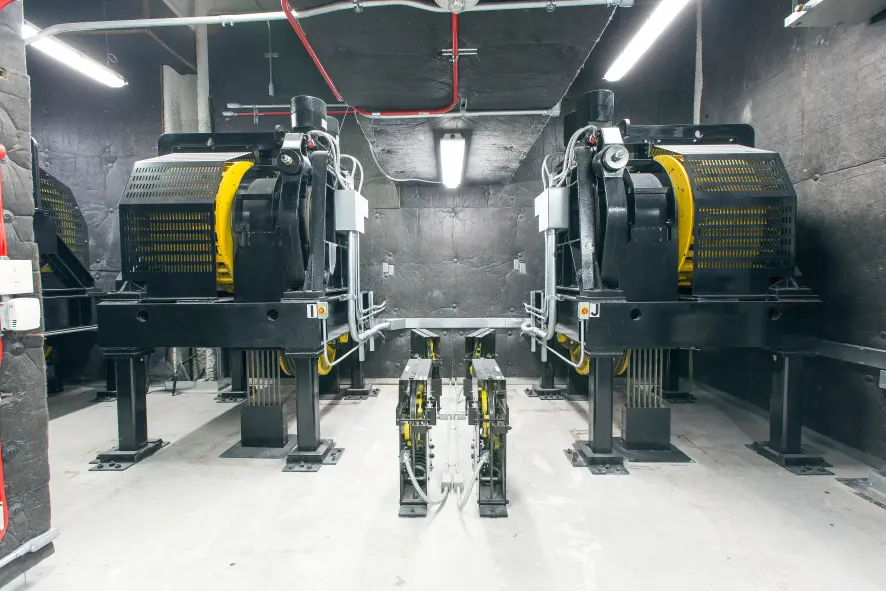How To Improve Ventilation in Your Machine Room
As we get older, making appointments with various specialists becomes more frequent. As we age, we may notice ailments that require a doctor’s perspective, and taking care of our health is of the utmost importance. Similarly, as your elevator ages, you will need to have it checked on by a technician to ensure everything is running smoothly.
Service visits can increase the lifespan of your elevator, and the experts that work on these systems can handle anything from checking cab components to testing the controller in the machine room. While each part of the elevator is crucial to its safe functionality, your technician will probably spend most of their time in the machine room.
What Is a Machine Room?
The name tells us that this is a room built to house the elevator machine, but it doesn’t divulge anything about these parts. Depending on the type of elevator — hydraulic or traction — your machine room could be anywhere from the rooftop to the basement.
The equipment found in the machine room can be thought of as the workhorse that powers an elevator. As soon as you press a call button, the controller sends signals to the cab from the machine room, and the machine works to lower or raise the cab accordingly. Since the complex systems that sit in this room are vital to the elevator’s performance, there are code requirements that speak to its treatment.

Your machine room should also comply with your elevator manufacturer’s specific rules. Elevator equipment can vary greatly, and there are certain limits to the temperature and humidity each room should be kept at. For example, TK Elevator’s evolution functions best in a controller closet kept at a minimum temperature of 32°F (0°C) and a maximum of 104°F (40°C). The room should also maintain 10-95% non-condensing relative humidity. But while that environment may be ideal for evolution, a product from another manufacturer could have different requirements. For this reason, machine specifications must be posted on the wall of the room.
How Can I Improve Ventilation in My Machine Room?
Having appropriate ventilation for your machine room is required by law with certain local code requirements calling for ventilation fans to have a specific velocity, correct fan motor placement and emergency ventilation protocols. Because these regulations vary by location, the best way to improve your machine room ventilation is by asking your manufacturer and local Fire Marshall.
Other companies can also help if they are familiar with your machine room equipment’s manufacturing. Specialists like the ones at TK Elevator’s International Technical Services support technicians in being able to identify methods to improve ventilation for machines designed by any major elevator manufacturer. No matter who you decide to reach out to, the best thing to do is ask for information regarding your unique equipment.
If you’d like information on how to improve your ventilation in your machine room, submit a service request and get advice from a globally supported expert technician.
 United States
United States

